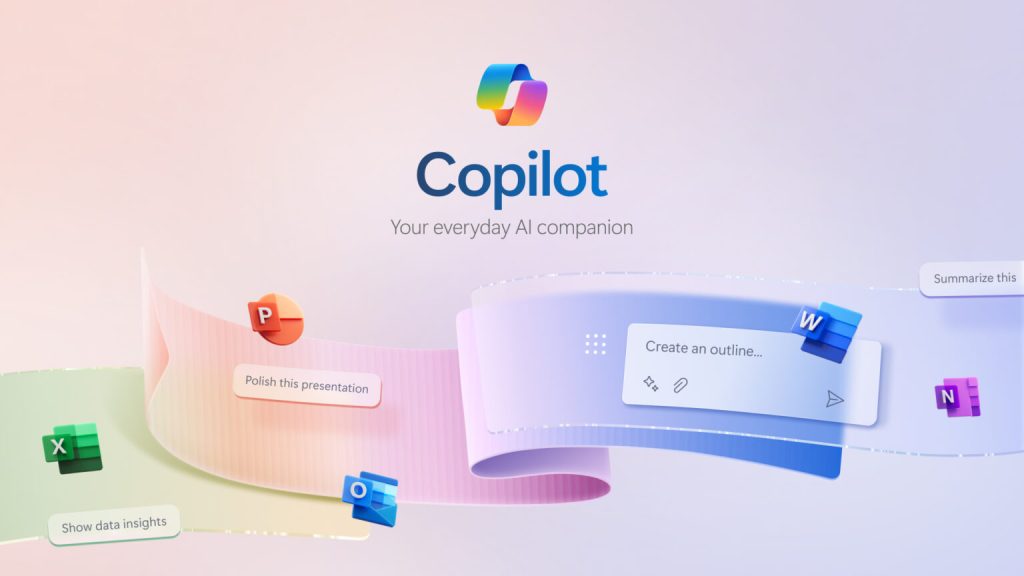Microsoft has recently begun testing the integration of its Copilot AI assistant into Microsoft 365 Personal and Family subscriptions in select markets, including Australia, New Zealand, Malaysia, Singapore, Taiwan, and Thailand. This move coincided with subscription price increases in these regions, showcasing Microsoft’s regional strategy to gather feedback before implementing changes globally. The previous approach of offering the AI features through an optional Copilot Pro service was not meeting expectations, leading to the default integration of Copilot into consumer subscriptions. This integration allows Copilot to assist users with tasks such as generating drafts, analyzing data, creating visuals, and more within Microsoft Office apps.
Despite Microsoft’s efforts to enhance user experience with Copilot, initial feedback from some users has been mixed. The Wall Street Journal reported that some users found Copilot to be intrusive and annoying, leading them to switch to alternative platforms such as Google Docs. Comparisons were even made to Microsoft’s infamous Clippy assistant from the 1990s, suggesting that Copilot may be more disruptive than helpful to some users. Salesforce CEO Marc Benioff also made similar comparisons between the two versions of Copilot for business users, highlighting potential challenges for Microsoft in implementing new technologies into existing products.
On the financial side, Microsoft has been successful with its overall AI initiatives, with CFO Amy Hood stating that the company’s AI revenue is projected to exceed $10 billion annually. Despite this success, challenges remain in introducing AI technologies like Copilot to its vast user base, as seen with responses from users and industry leaders. Microsoft’s Charles Lamanna, a key executive involved in its Copilot initiatives, disputed claims that Microsoft employees are not utilizing Copilot, citing internal case studies and widespread usage across the company.
The situation with Copilot highlights the complexities of introducing new technologies at Microsoft’s scale, especially within existing products like Microsoft 365. While the company’s large user base presents opportunities for the adoption of AI technologies, it also poses risks of alienating users if the implementations are not well-received. The competitive landscape, including comparisons to older Microsoft products like Clippy, further complicates the rollout of Copilot and other AI initiatives within the company. Microsoft’s communications chief, Frank X. Shaw, addressed competitive jabs from Salesforce, emphasizing the importance of balancing innovation with user feedback and concerns.
As Microsoft continues to test and refine Copilot within its Microsoft 365 subscriptions, the company will need to navigate the challenges of integrating AI technologies into its existing products. Gathering feedback from users, addressing concerns about intrusiveness, and ensuring that the benefits of AI are clear to consumers will be crucial in the success of initiatives like Copilot. Despite initial setbacks and comparisons to past technologies, Microsoft remains optimistic about the potential of AI within its business and consumer offerings, highlighting the importance of continuous improvement and user engagement in shaping the future of AI at the company.
Overall, Microsoft’s rollout of Copilot within its consumer subscriptions represents a strategic move to enhance productivity and user experience, but it also underscores the challenges of introducing new technologies at scale. By leveraging user feedback, addressing concerns, and highlighting the benefits of AI, Microsoft aims to strike a balance between innovation and user satisfaction in implementing tools like Copilot across its product ecosystem.












